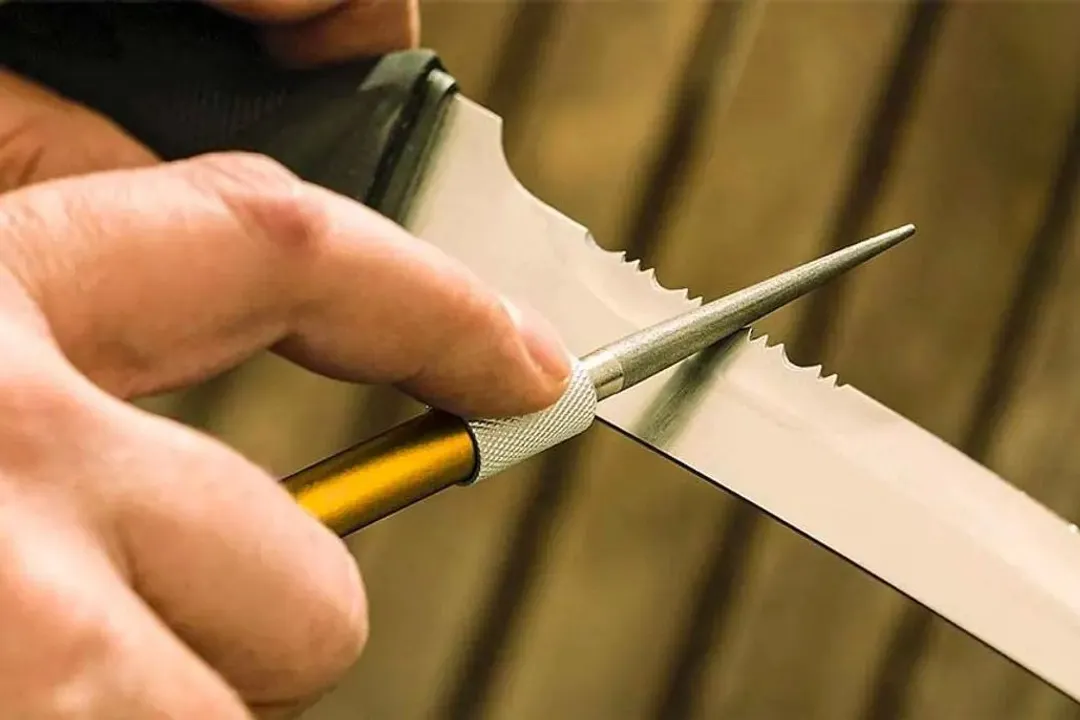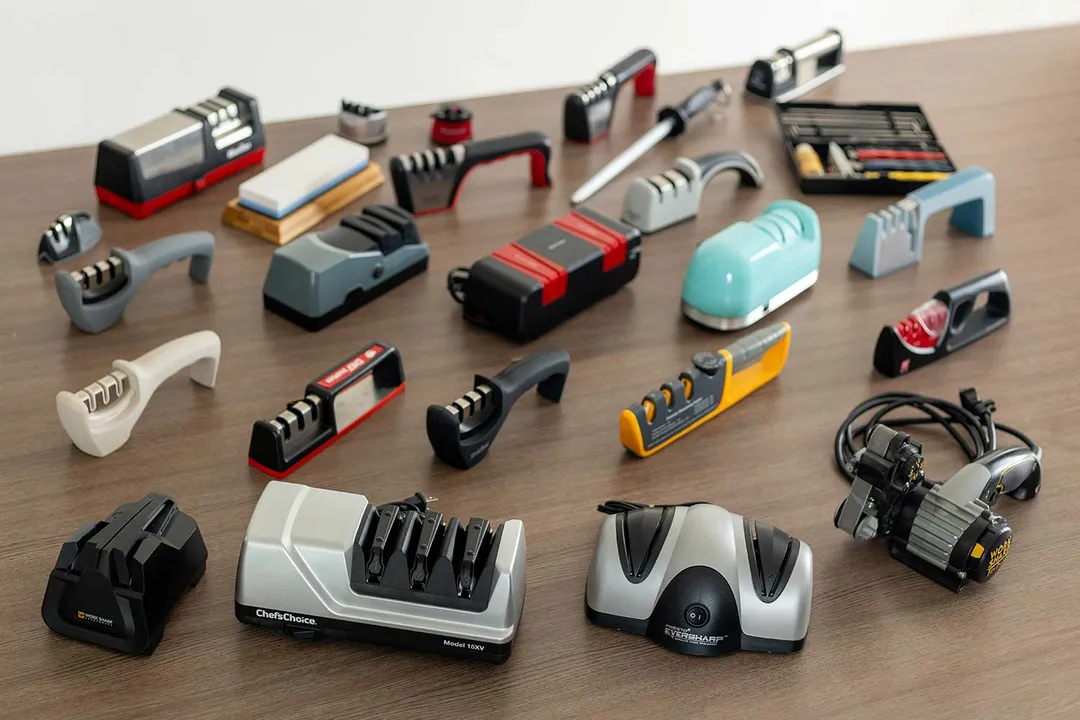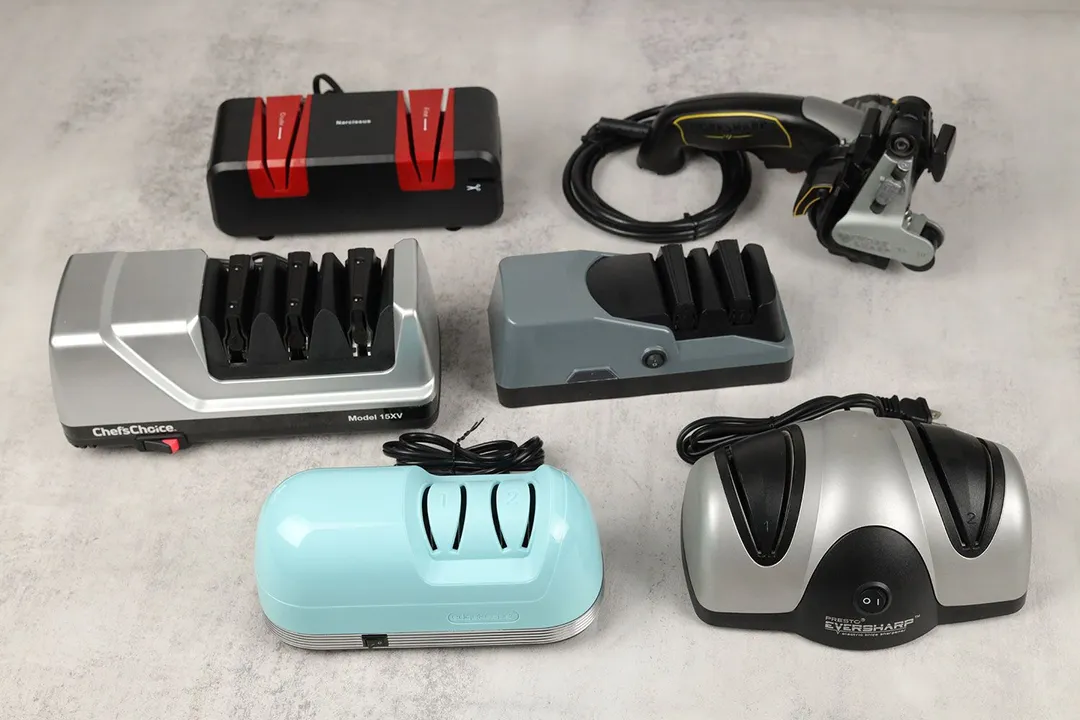Our recommendations are made independently through Research & Testing. We may receive commissions from purchases made via our links.
Sharpness Scale - How to Measure Knife Sharpness
The most popular systems for measuring knife sharpness, plus the pros and cons of each system.
Every cook wants their knives to be sharp. But what counts as sharp?
Forget the thumbnail test. There are safer, more accurate ways — and more convenient ways — to measure knife sharpness.
The REST Standards for Measuring Knife Sharpness
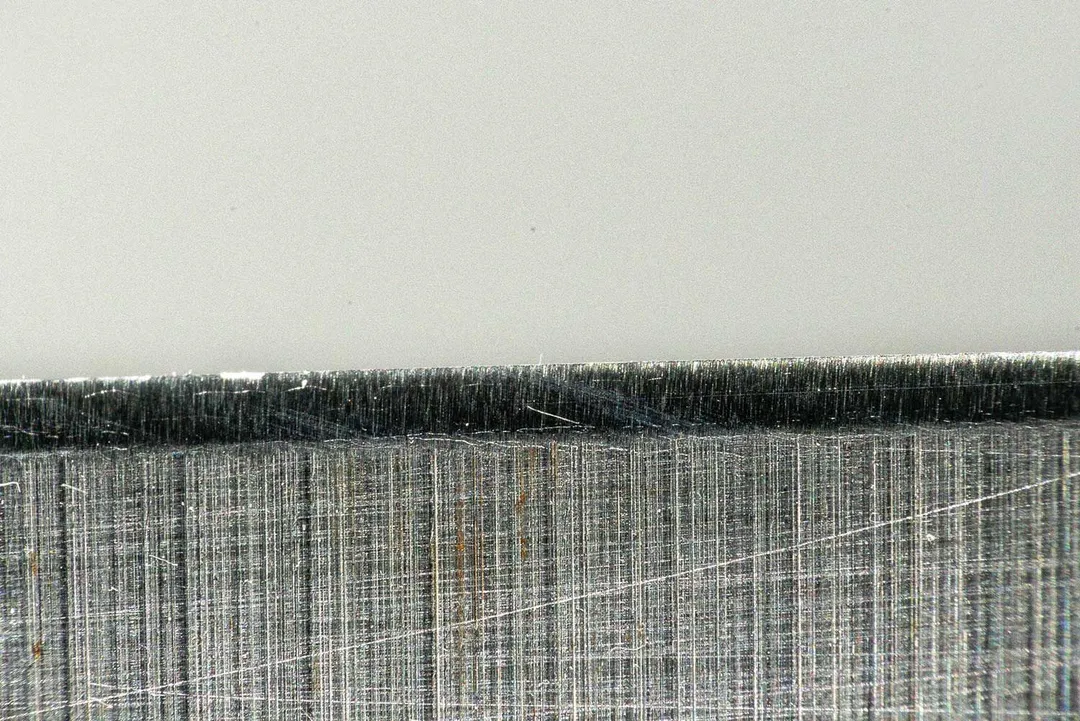
For industrial or technical purposes, CATRA’s Razor Edge Sharpness Tester (REST) is commonly used to determine sharpness.
The test uses a machine to measure, and display in Newtons, the force required to cut through a strand of calibrated silicon rubber. A smaller force translates to a sharper edge.
The advantage is that it’s accurate, highly detailed, and, because the test medium is standardized, the most objective method available.
However, this test requires special equipment. You will need to send your knives to CATRA’s lab, which means you’ll have to live without them for a while. They also rent out their machines for short-term use, but that can be a hassle. Ordinary home chefs have no need to go through this much trouble to evaluate their knives.
The BESS Sharpness System
The Edge-On-Up’s Brubacher Edge Sharpness Scale (BESS) system works in a similar manner to the REST. Sharpness is measured based on the pressure needed to cut through a standardized medium. The results are displayed in grams.
The BESS standard is considered accurate and objective. Plus, the equipment is easily available online, so you can buy it and run the test at home.
The drawback is that it will set you back a couple hundred dollars.
Sharpness Chart by Knife Grinders
The connoisseurs at Knife Grinders invented this sharpness chart, which determines the level of sharpness based on the edge radius at its apex. The edge is measured in microns.
It comes with descriptions of how the knife performs against familiar everyday objects such as fingernails, newspaper, or human hair. The chart also compares the levels against the REST and the BESS systems.
With its everyday material comparisons and the inclusion of conventional testing methods, this sharpness chart is a detailed system with a good “whole-picture” scope.
Unfortunately, it can be challenging for laypeople without special equipment to estimate an edge radius in microns. While the descriptions do offer some hints, the margin is too large to make it accurate.
The Healthy Kitchen 101 Practical Knife Sharpness Scale
The Practical Sharpness Scale was invented by our RTR Team with input from the chef and cooks at Healthy Recipes 101.
It features nine levels of sharpness, measurable by the knife’s ability to cut through each of the food items listed using a single swipe with minimal force. The sharpness scale also indicates the knife edge status and suggests whether your knife needs maintenance.
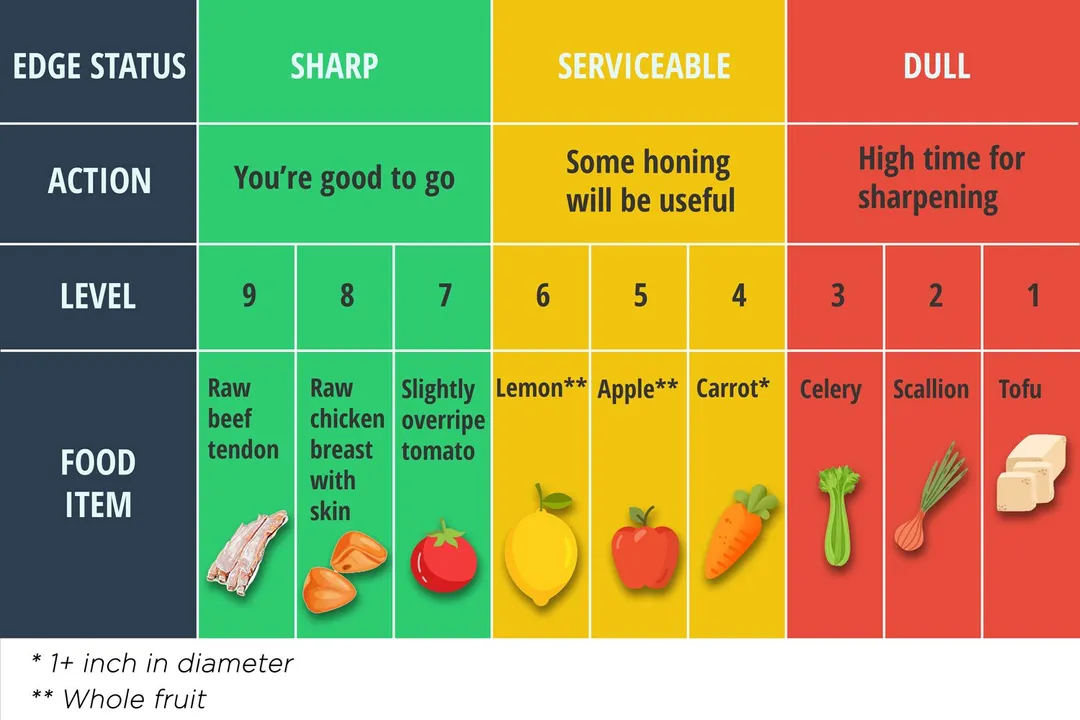
In our articles discussing knife sharpness on HeathyKitchen101.com, the Practical Sharpness Scale is sometimes expanded to include shades of gray between these levels. If a knife passes one level but needs two swipes to cut through the next level’s food item, it can be rated with a minus. If it needs more than two swipes, it falls to the lower level number.
For example, if a knife can cut through a lemon with one swipe, but needs two swipes to cut through a slightly overripe tomato, it’s rated as Level 7-. If the same knife needs more than two swipes to cut through the tomato, it stays at Level 6.
We recognize that our Practical Sharpness Scale is less accurate than other systems. The force used is subjective and the quality of food items varies, resulting in a greater deviation in the results.
However, the method is simple to understand and doesn’t require extra equipment. Since each rating benchmark is a common food item, every home cook can use this scale to quickly evaluate the status of their knife and decide whether they need to sharpen it. This is by far the simplest and most accessible way to measure knife sharpness at home.
About your tip
Anh Ngo is a writer with 9 years experience at different media outlets, covering from public news and events to product testing and analysis. At HealthyKitchen101, she works across different departments, communicating closely with its network of writers, editors, and health, tech, and search engine experts to provide a meaningful and pleasant reading experience for visitors.



